(revitalize your skin)
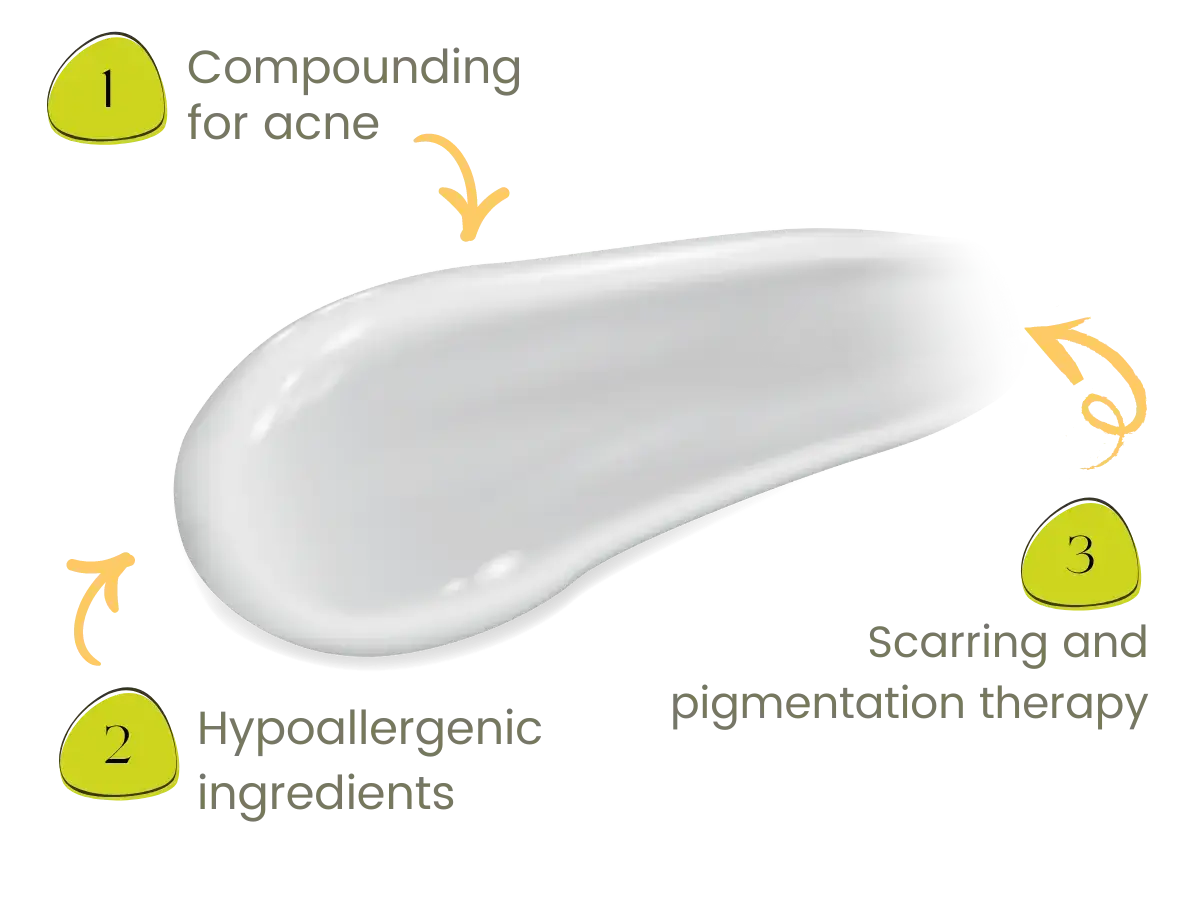
Compounding professionals are skilled in creating personalized therapies for many dermatologic conditions. Our services include compounding medications to be:
We are capable of generating alternative and advantageous options for dermatology.
In addition, we offer topical sprays and powders, as well as customized oral dosage forms like flavored troches. Compounding is genuinely a powerful approach to tailored dermatologic medications.
Yes.
We remove common irritants like parabens, propylene glycol, and fragrances. Hypoallergenic bases are recommended for individuals with eczema, psoriasis, or sensitive skin.
Yes.
Blends of compatible active ingredients, such as tretinoin, clindamycin, and niacinamide, can help simplify routines and reduce irritation from multiple products.
Absolutely.
We compound personalized topical therapies in collaboration with your physician.
These can include:
Yes.
We compound minoxidil applications as well as melatonin, which studies have shown results for some patients.
Yes.
Topical diclofenac, ketamine, and gabapentin gels penetrate deeply to target nerve or arthritis pain, minimizing systemic absorption.
Acne can occur under various circumstances. However, it is primarily a function of an overactive sebaceous gland, which causes excess sebum to mix with dead skin cells and clog the follicle.
When this happens, bacteria can infect the area and lead to inflammatory acne. This infection is why antibacterial ingredients are common when treating acne. These include:
Benzoyl peroxide is available over the counter. Tretinoin, clindamycin, and spironolactone, however, require a prescription.
Skin is unique, and not everyone will benefit from the same medications. Compounding allows us to personalize topical creams for our clients.
Examples include adding the desired active ingredient and elements to moisturize and nourish the skin.
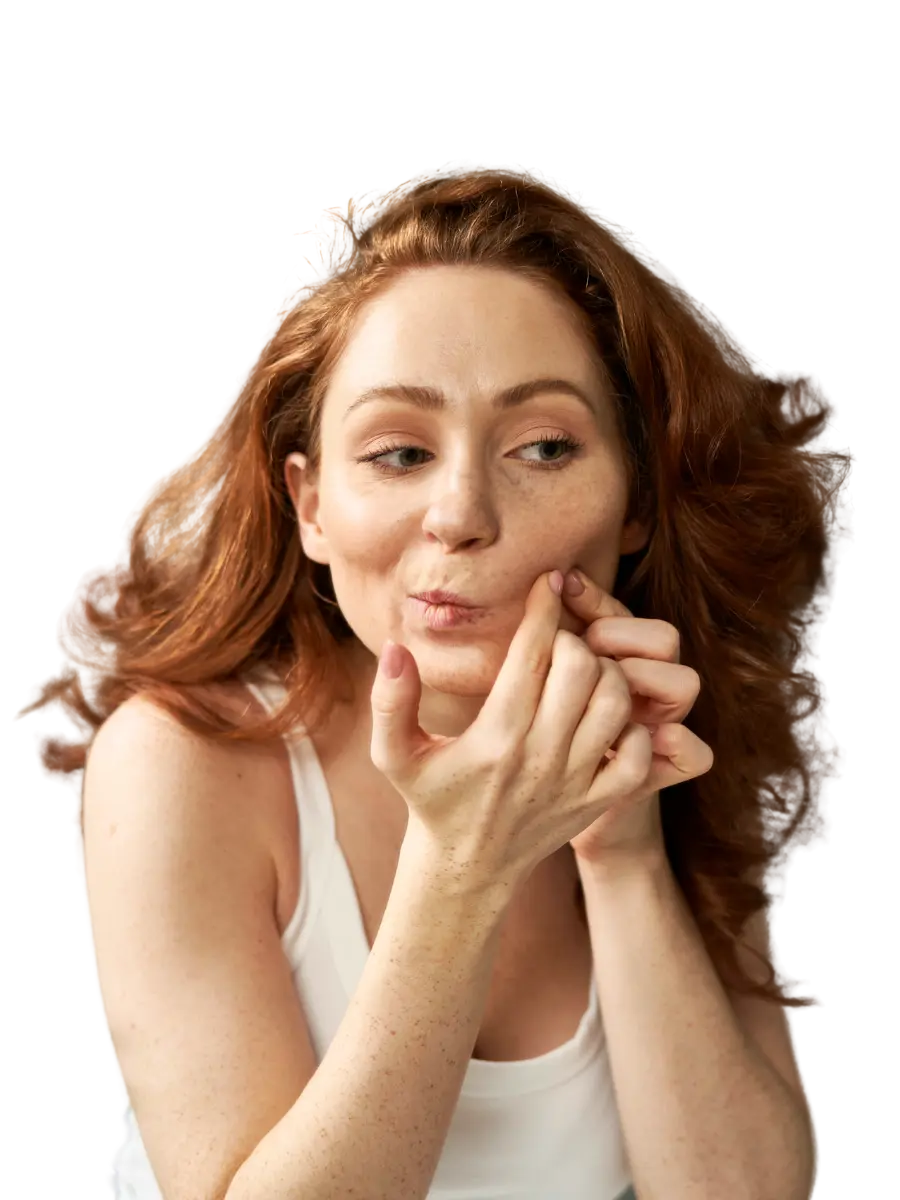
Alopecia is a condition that causes hair loss. It can occur anywhere on the body but is most common on the scalp.
Compounding helps tailor hair loss medications to the needs of our patients. Minoxidil 5% is a standard medication that helps grow back hair. Doctors often prescribe finasteride alongside minoxidil.
There are 3 main classifications of alopecia:
UV light, smoking, and environmental contaminants create free radicals, damaging hair follicles.
Studies have found melatonin to be a viable alternative to traditional hair loss treatments. Melatonin’s potent antioxidant characteristics may help it combat oxidative stress.
These studies have provided in vitro and in vivo results from applying topical melatonin. There was a reduction in seborrhea and seborrheic dermatitis of the scalp.

Our pigment determines the color of our skin. This generally stays consistent throughout the body.
Deviations in pigmentation are usually not a sign of poor health, but some may have cosmetic concerns for large affected areas.
Two main pigmentation conditions are:
Topical medications such as metformin can help address pigmentation issues. We work with your doctor to compound and tailor topical medicines for each patient.
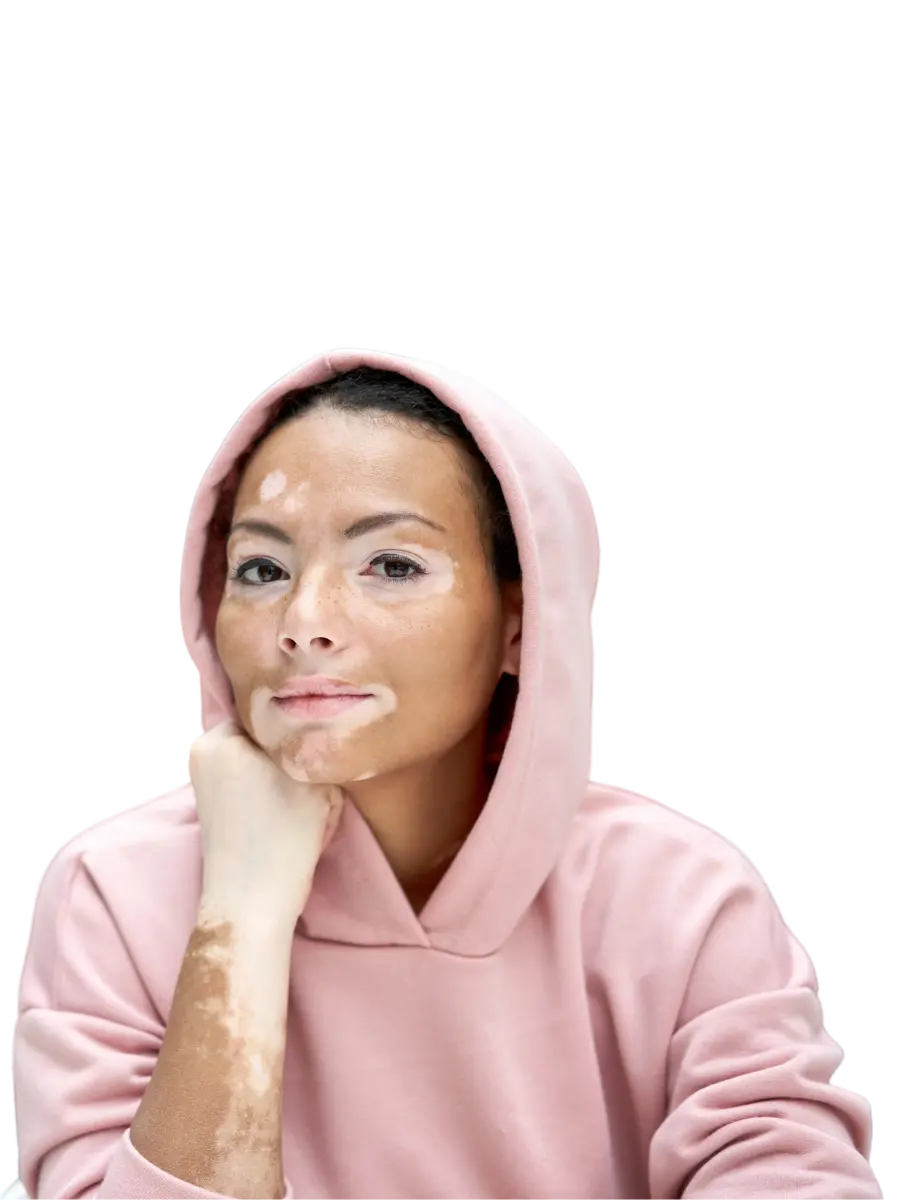
Injuries, accidents, and surgeries can leave scars in unwanted areas. Overgrowth of scar tissue can even lead to keloids on the skin, which can leave a raised bump in an inconvenient place for the patient.
Along with your doctor, our pharmacists are experienced in this field and can provide consultation regarding medication usage.
Agents used in scar therapy include:
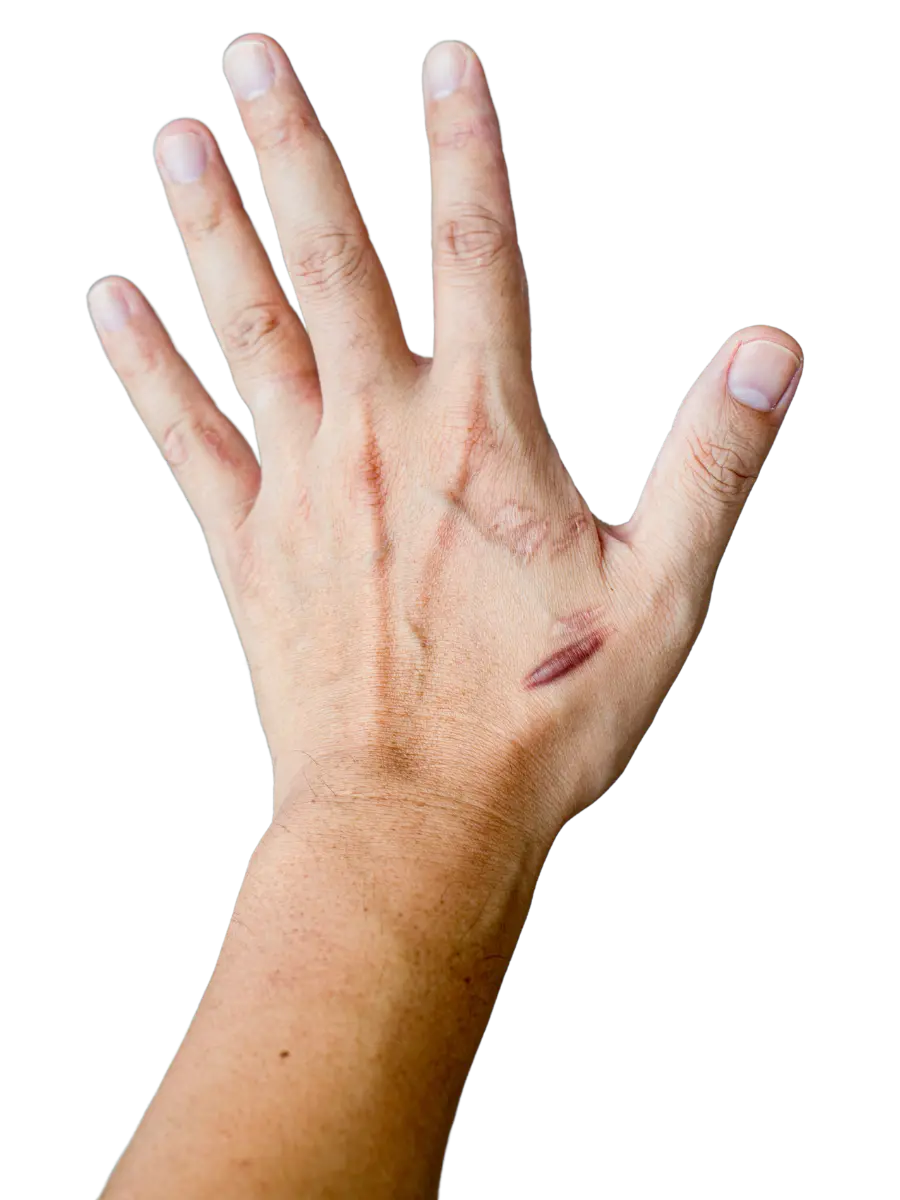
Topical anesthetics are used for a variety of reasons. People usually take them for:
If someone is experiencing pain in a targeted area, topical anesthetics can be a possible solution.
Compounding is a patient-centric approach that tailors pain relief to individual needs and requirements, ensuring each patient receives the best care.
Common anesthetics used in topical medications include:
The anesthetic used, the amount used, and the type of base used will depend on the kind of pain being addressed and the patient’s pain levels.
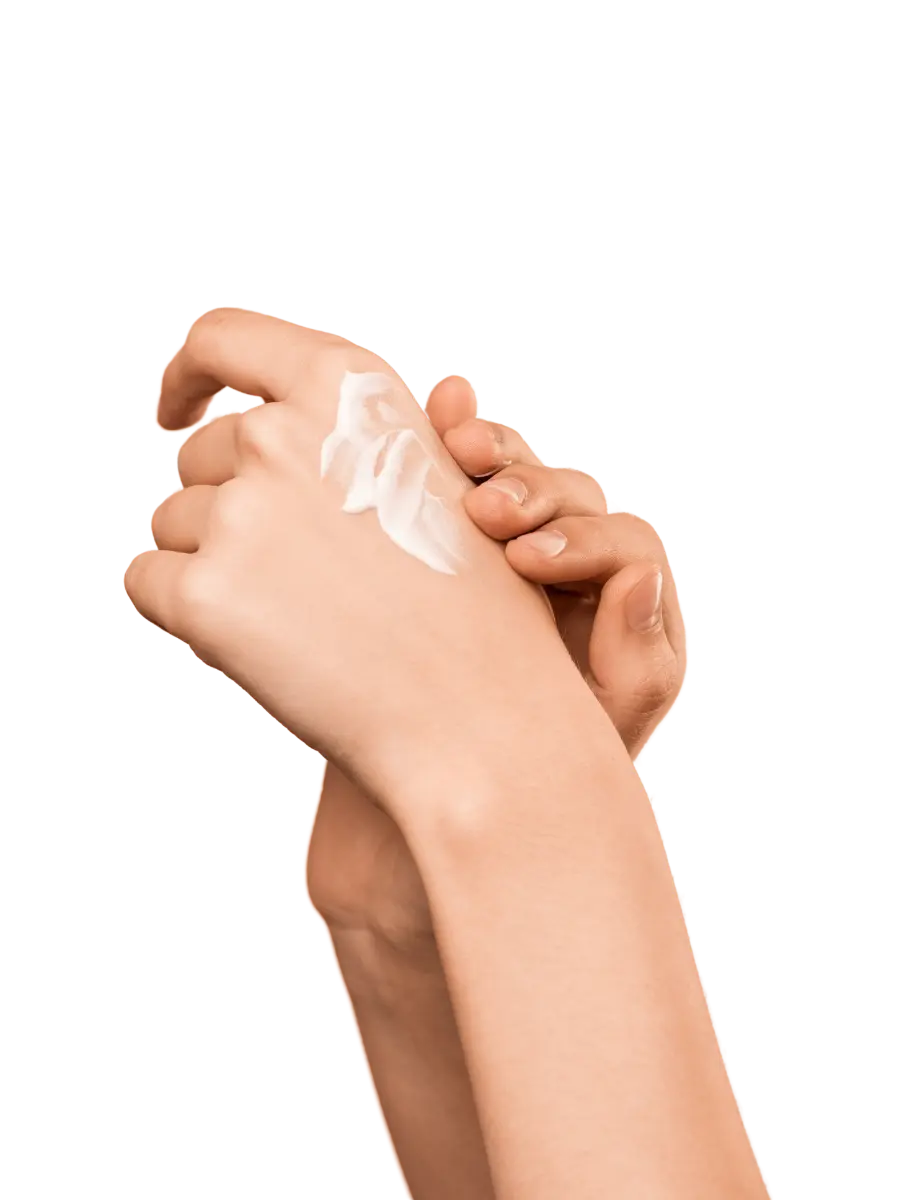
Psoriasis is an autoimmune disease that damages the skin. Thick and scaly growths occur on the body, most commonly on the scalp, elbows, knees, and lower back.
Left untreated, it can cause severe itching, white scales/plaque buildup, and bleeding.
Eczema causes similar damaging symptoms on the skin but is not the same. Both genetic and environmental factors can cause eczema.
It can leave red or brown patches that can crack and bleed. This condition mainly affects the patient’s arms, legs, and face.
Compounding allows for the development of various topical medications for the patient. Potent moisturizers are usually included to improve barrier function and reduce flaking.
Additionally, corticosteroids are prescribed to reduce itching and inflammation in the skin.
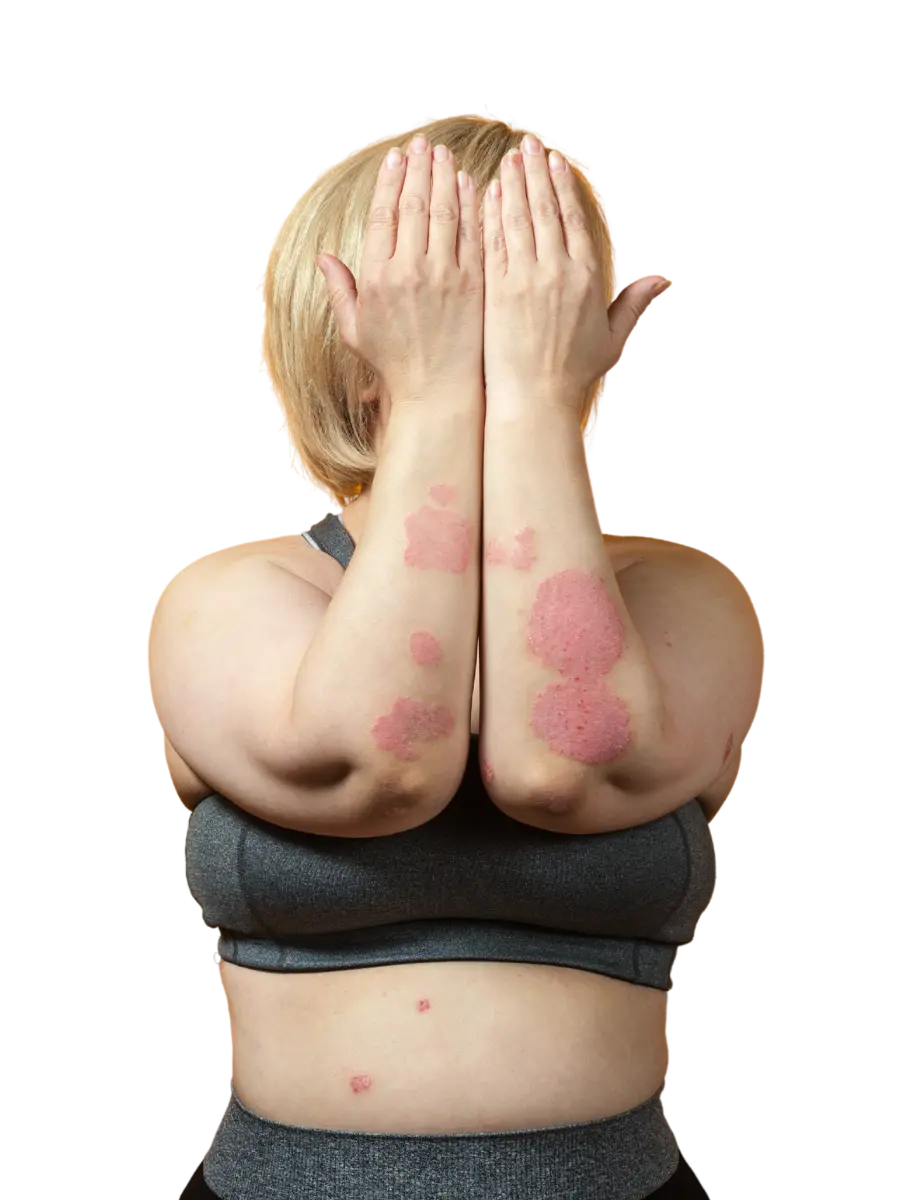
If you love being outside, you understand protection from the sun is very important. UV rays from the sun can have adverse effects on our skin, including:
Our compounding pharmacy offers a range of topical medications that can help combat these negative symptoms. With your doctor’s recommendation, ingredients such as metformin, melatonin, retinol, and more can be implemented into a topical cream, offering potential relief and protection for your skin.
Everyone’s skin is different, and compounding allows for the best customization.
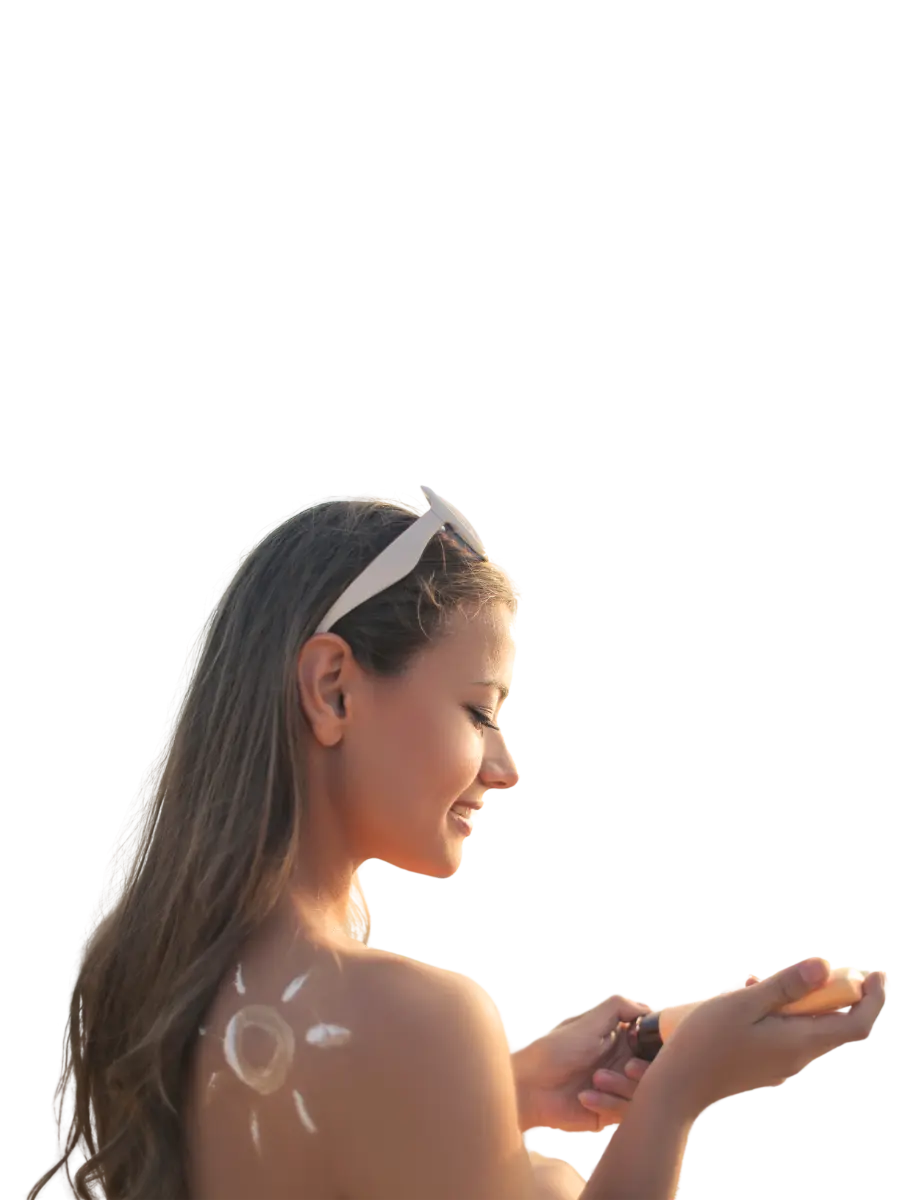
All formulations are customized per prescription to meet each patient’s unique needs. Therapeutic results depend not only on the selection of the drug but also on the use of a proper base and preparation technique.
We work with your doctor to determine the dosage form, strength, and medication or combination that is most appropriate.
Here is a list of notable medications for dermatology:
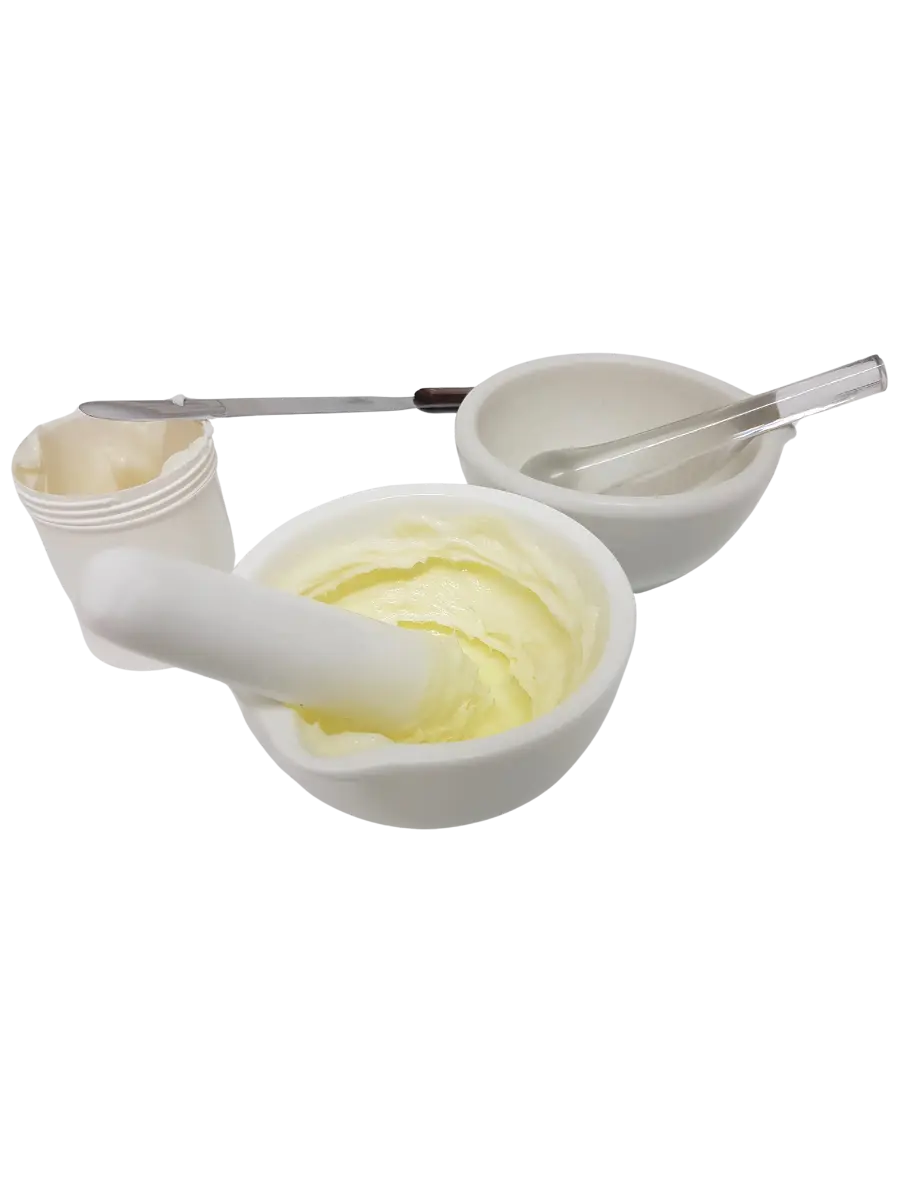
The holidays bring us joy, but they also bring us more prescriptions to fill and ship. Our pharmacy continues to work diligently, but an increase in demand may result in slightly longer processing times.
Please consider doing the following:
Thank you,
ClearSpring Team